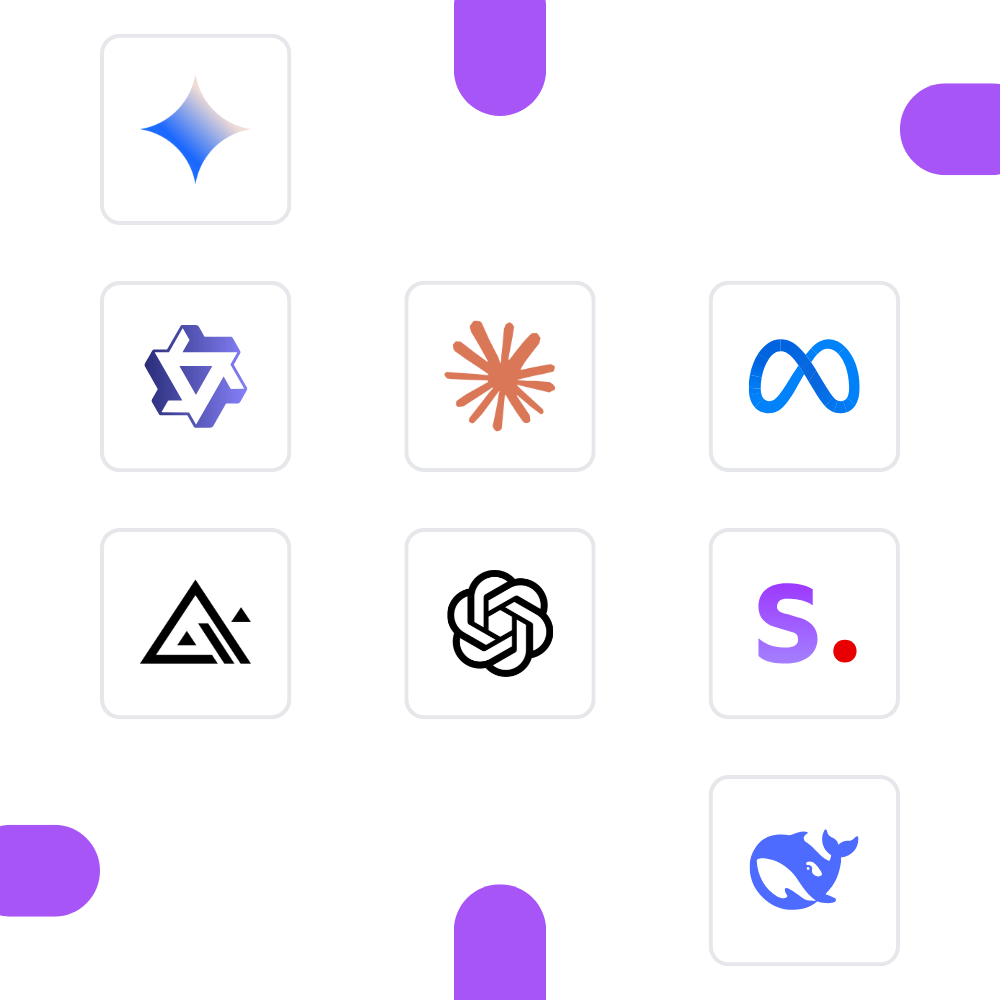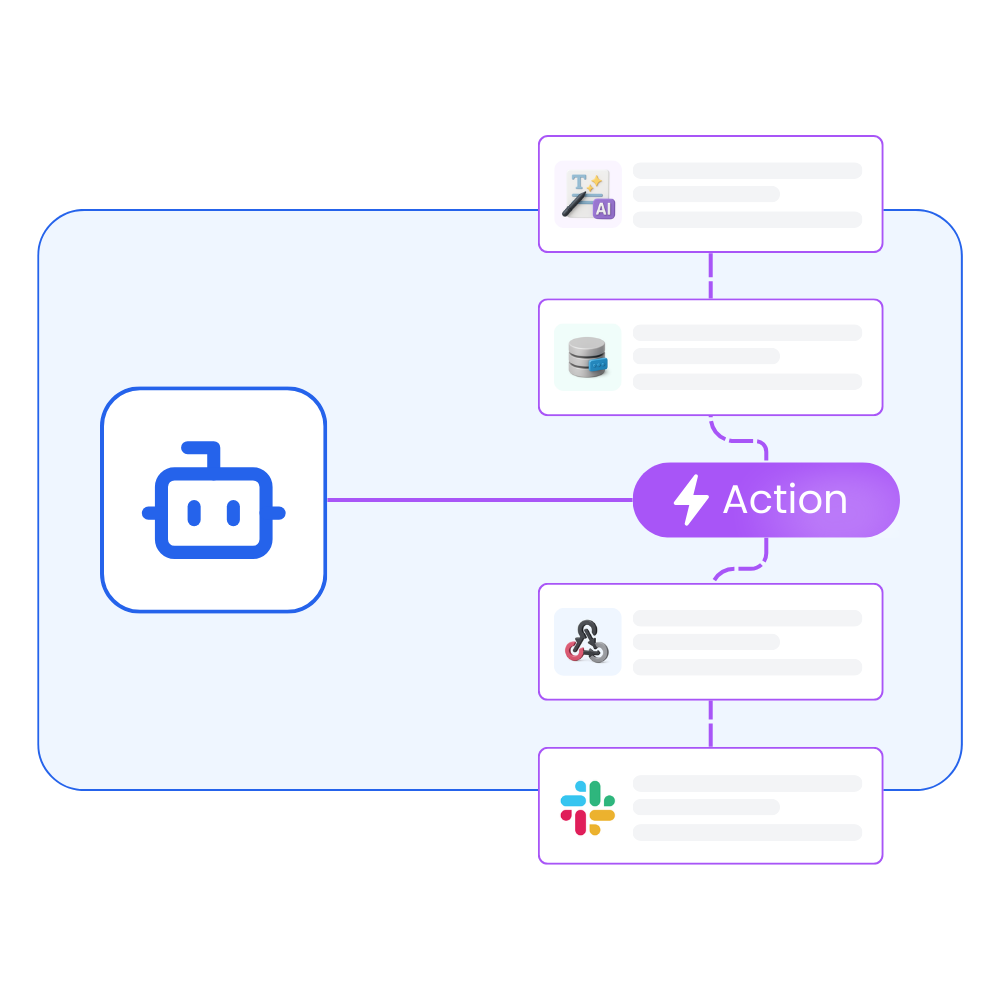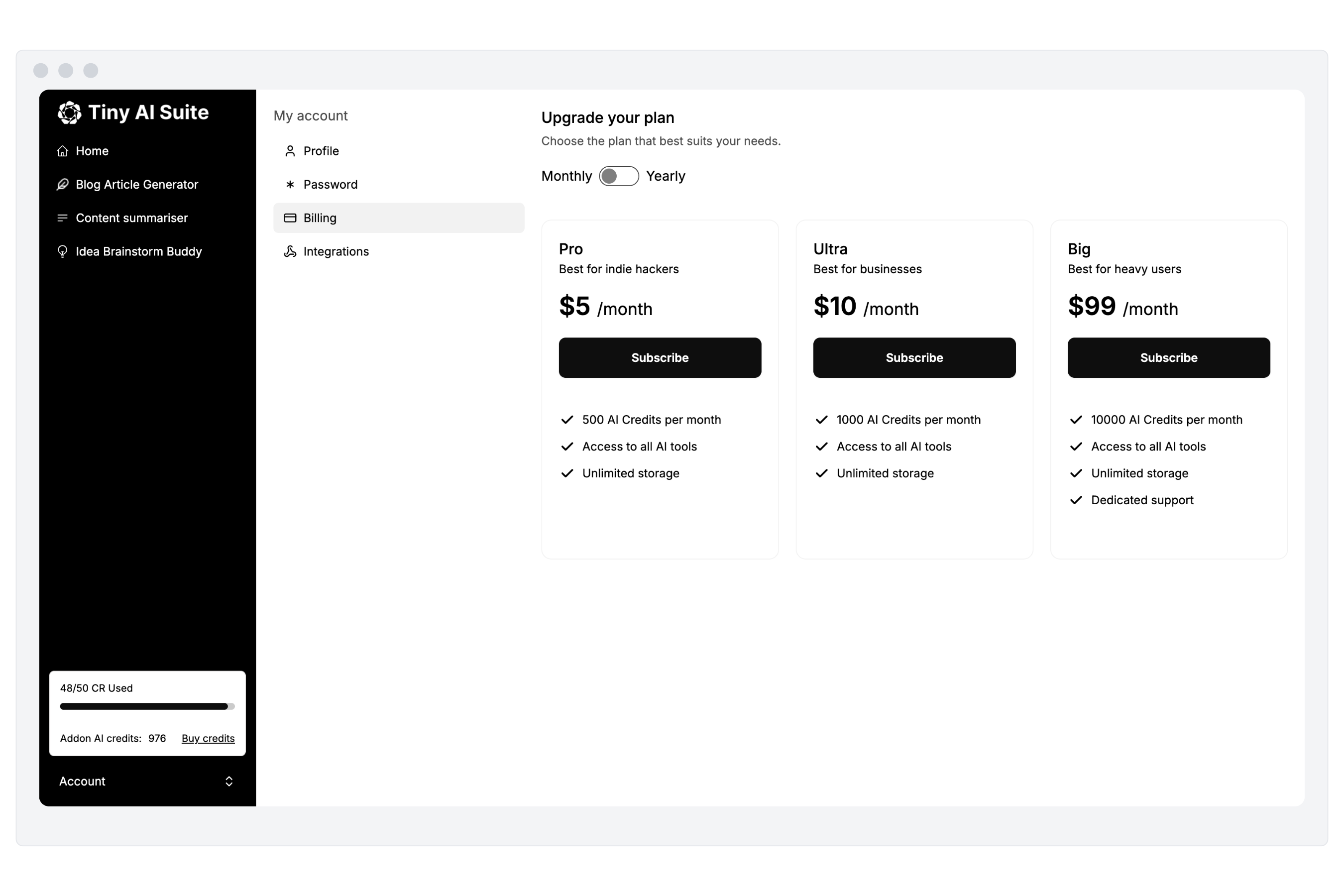GPT-4o Audio vs Gemini 2.5 Flash
Compare GPT-4o Audio and Gemini 2.5 Flash. Find out which one is better for your use case.
Model Comparison
| Feature | GPT-4o Audio | Gemini 2.5 Flash |
|---|---|---|
| Provider | OpenAI | |
| Model Type | audio | text |
| Context Window | 128,000 tokens | 1,000,000 tokens |
| Input Cost | $2.50 / 1M tokens | $0.30 / 1M tokens |
| Output Cost | $10.00 / 1M tokens | $2.50 / 1M tokens |
Strengths & Best Use Cases
GPT-4o Audio
1. True multimodal audio model
- Accepts raw audio as input and produces audio or text as output.
- Enables hands-free, voice-first app experiences.
2. Natural real-time speech interaction
- Low-latency audio generation suitable for conversational agents.
- Great for voice assistants, phone bots, and interactive voice UI.
3. Large 128K context window
- Supports long conversations, call transcripts, instructions, or multi-part interactions.
- Ideal for building persistent voice agents or phone workflows.
4. High-output capacity
- Up to 16,384 max output tokens for extended responses or long explanations.
- Suitable for complex reasoning tasks in voice format.
5. Hybrid text + audio workloads
- Combine audio input/output with text prompts, instructions, or structured control.
- Useful for customer support bots, spoken form systems, IVR replacements, etc.
6. Compatible with the latest APIs
- Works with Chat Completions, Responses API, Realtime API, and Assistants.
- Supports streaming, function calling, and advanced developer tooling.
7. Strong performance for a preview model
- High reasoning and expression abilities relative to most audio-capable models.
- Designed for production-style experimentation prior to full release.
8. Ideal for next-gen voice applications
- Build lifelike AI agents, interview bots, tutoring systems, and spoken knowledge tools.
- Perfect for startups building audio-first user experiences.
Gemini 2.5 Flash
1. Highly cost-efficient for large-scale workloads
- Extremely low input cost ($0.30/M) and affordable output cost.
- Built for production environments where throughput and budget matter.
- Significantly cheaper than competitors like o4-mini, Claude Sonnet, and Grok on text workloads.
2. Fast performance optimized for everyday tasks
- Ideal for summarization, chat, extraction, classification, captioning, and lightweight reasoning.
- Designed as a high-speed “workhorse model” for apps that require low latency.
3. Built-in “thinking budget” control
- Adjustable reasoning depth lets developers trade off latency vs. accuracy.
- Enables dynamic cost management for large agent systems.
4. Native multimodality across all major formats
- Inputs: text, images, video, audio, PDFs.
- Outputs: text + native audio synthesis (24 languages with the same voice).
- Great for conversational agents, voice interfaces, multimodal analysis, and captioning.
5. Industry-leading long context window
- 1,000,000 token context window.
- Supports long documents, multi-file processing, large datasets, and long multimedia sequences.
- Stronger MRCR long-context performance vs previous Flash models.
6. Native audio generation and multilingual conversation
- High-quality, expressive audio output with natural prosody.
- Style control for tones, accents, and emotional delivery.
- Noise-aware speech understanding for real-world conditions.
7. Strong benchmark performance for its cost
- 11% on Humanity’s Last Exam (no tools) — competitive with Grok and Claude.
- 82.8% on GPQA diamond (science reasoning).
- 72.0% on AIME 2025 single-attempt math.
- Excellent multimodal reasoning (79.7% on MMMU).
- Leading long-context performance in its price tier.
8. Capable coding assistance
- 63.9% on LiveCodeBench (single attempt).
- 61.9%/56.7% on Aider Polyglot (whole/diff).
- Agentic coding support + tool use + function calling.
9. Fully supports tool integration
- Function calling.
- Structured outputs.
- Search-as-a-tool.
- Code execution (via Google Antigravity / Gemini API environments).
10. Production-ready availability
- Available in: Gemini App, Google AI Studio, Gemini API, Vertex AI, Live API.
- General availability (GA) with stable endpoints and documentation.
Turn your AI ideas into AI products with the right AI model
Appaca is the complete platform for building AI agents, automations, and customer-facing interfaces. No coding required.

Customer-facing Interface
Create and style user interfaces for your AI agents and tools easily according to your brand.

Multimodel LLMs
Create, manage, and deploy custom AI models for text, image, and audio - trained on your own knowledge base.

Agentic workflows and integrations
Create a workflow for your AI agents and tools to perform tasks and integrations with third-party services.
Trusted by incredible people at
All you need to launch and sell your AI products with the right AI model
Appaca provides out-of-the-box solutions your AI apps need.
Monetize your AI
Sell your AI agents and tools as a complete product with subscription and AI credits billing. Generate revenue for your busienss.


“I've built with various AI tools and have found Appaca to be the most efficient and user-friendly solution.”

Cheyanne Carter
Founder & CEO, Edubuddy
Put your AI idea in front of your customers today
Use Appaca to build and launch your AI products in minutes.